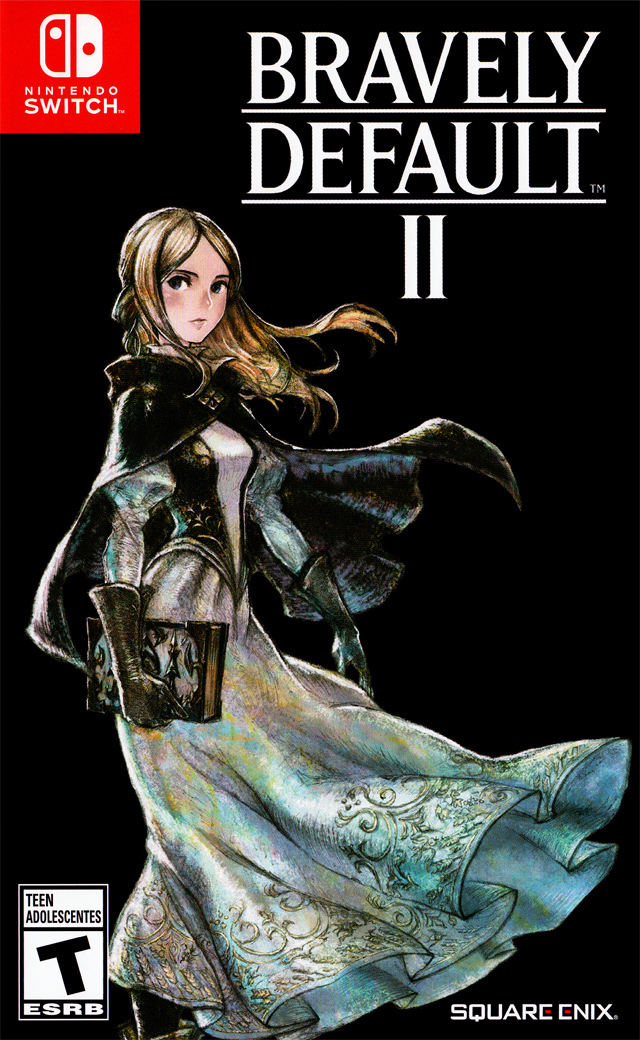 The Frozen Heart by Cordelia Castel
The Frozen Heart by Cordelia CastelMy rating: 4 of 5 stars
Rather than continue the story of its precursors, the eighth installment of author Cordelia Castel’s Seven Kingdoms series opens with a different set of main characters, chiefly Elisa the Snow Queen who serves as something as an adversary, hearing about the defeat of her husband King Rhinoceros by Cendrilla Perrault in the Rite of Royal Worth. She seeks to marry King January of Prevern so that she can eventually kill him and inherit is thrown in her quest to conquer the Seven Kingdoms, with their wedding and following consummation going swiftly, although she delays in killing her husband.
The humans of Prevern protest January’s marriage, and Queen Elisa inquires about the country’s defenses so that she can build it as a military powerful and potentially stop those who would dare challenge her rule, including Cendrilla herself, and visits the nation’s parliament so that she can gain the rapport of its politicians. Things become tense in the final chapters, with several twists that affect Elisa’s marriage to January, along with the trolls that disguise themselves as high-ranking officials in Prevern. At points the book gives backstory on Elisa, with an epilogue wrapping things up.
Those who really like the prior entries in the Seven Kingdoms series might not particularly care for this particular tale in its universe, although I found the change of characters to be a breath of fresh air, with plenty of politicking and fantastical military action, and Queen Elisa receives plenty of development and evolution through the story, along with King January. There are occasional issues with the text such as a lack of visualization of the trolls masquerading as luminaries of Prevern, not to mention a few unresolved portions of the tale such as little spotlight given to Cendrilla, although one more book in the series does give a chance at overall resolution.
View all my reviews



















